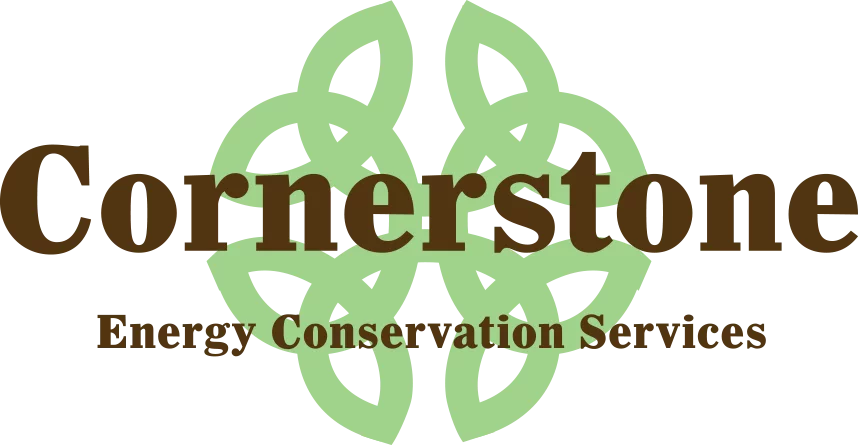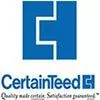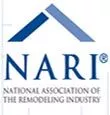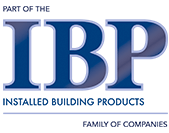- 1320 McKinley Avenue, Suite B
Columbus, OH 43222 - |Contact Us
Energy Conservation Services
Although energy efficiency measures are generally popular with the homebuyer in this era of sharply rising fuel prices, choosing the measures to be installed in a new home falls primarily to the builder or architect. A range of measures that affect a building’s energy performance are found in every system and assembly in the building. Much of the time these are unknown to the homebuyer. Decisions such as how to weigh each measure, which are cost effective, which have impacts on other systems, can be migraine-inducing but will affect occupant health and safety and building durability. Wouldn’t it be great if there were a professional knowledgeable about these systems and their interactions? Happy day – there is.
These professionals are called Home Energy Raters. They are nationwide in coverage, they have a thorough and disciplined training and continuing education program, and they are accredited through a national governing body (RESNET) whose authority comes from the U.S. Department of Energy (DOE). HERS Raters, as they are called, perform energy simulation analysis using software that must pass muster against DOE tests. The Raters follow established protocols for gathering information and modeling buildings and perform on-site verification of air leakage and duct leakage rates using blower door testing equipment. Some Raters also perform infrared imaging.
HERS Raters are also the primary mechanism for qualifying homes for the U.S. Environmental Protection Agency’s ENERGY STAR for Homes Program. Raters are closely aligned with building scientists as well, and they are the network that takes much of what is learned in the building science community and helps to put the knowledge to work in the field.
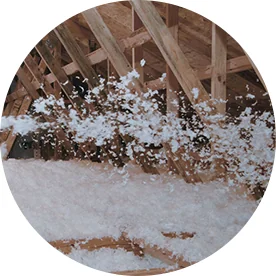
Residential insulation helps homeowners reduce energy costs, improve indoor comfort, and enhance efficiency by properly sealing and insulating spaces with high-quality materials like fiberglass, spray foam, and blown-in cellulose.
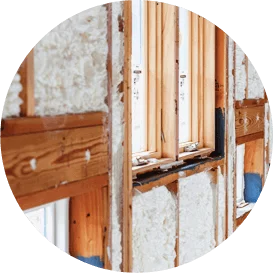
Commercial insulation enhances energy efficiency, regulates indoor temperatures, and ensures code compliance for offices, warehouses, and multi-family properties using materials like spray foam, fiberglass batts, and metal building insulation.
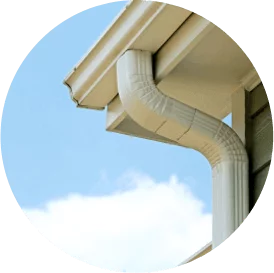
Gutters protect homes and buildings by directing rainwater away from the foundation, preventing erosion, leaks, and water damage with durable seamless systems, gutter guards, and custom installations.
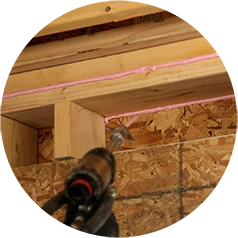
Air sealing prevents drafts, moisture buildup, and energy loss by sealing gaps and leaks in a home or building’s structure, improving comfort and efficiency while reducing heating and cooling costs.
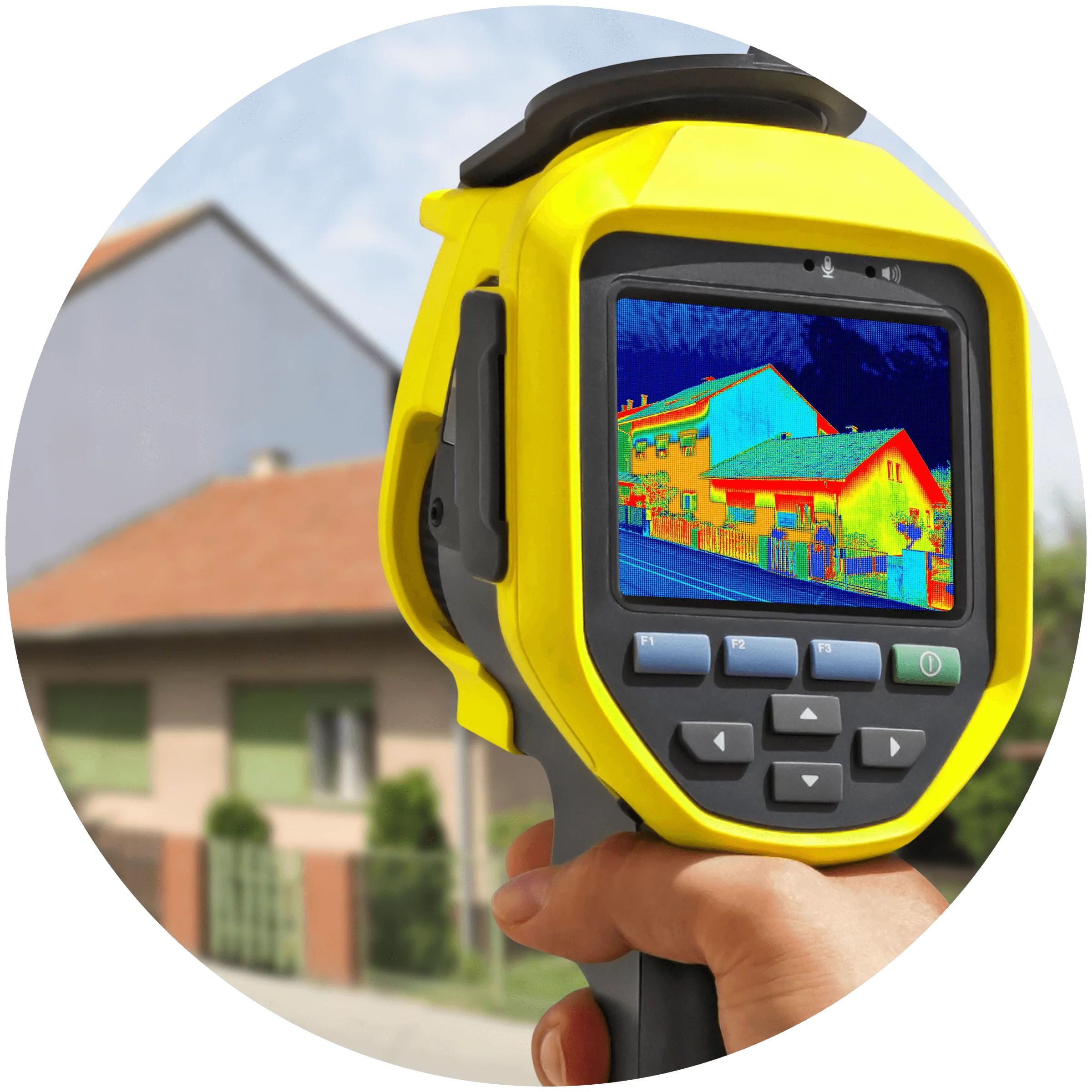
A Home Energy Evaluation identifies inefficiencies in insulation, air sealing, and energy usage to help homeowners reduce costs, improve comfort, and enhance overall efficiency with expert recommendations.
